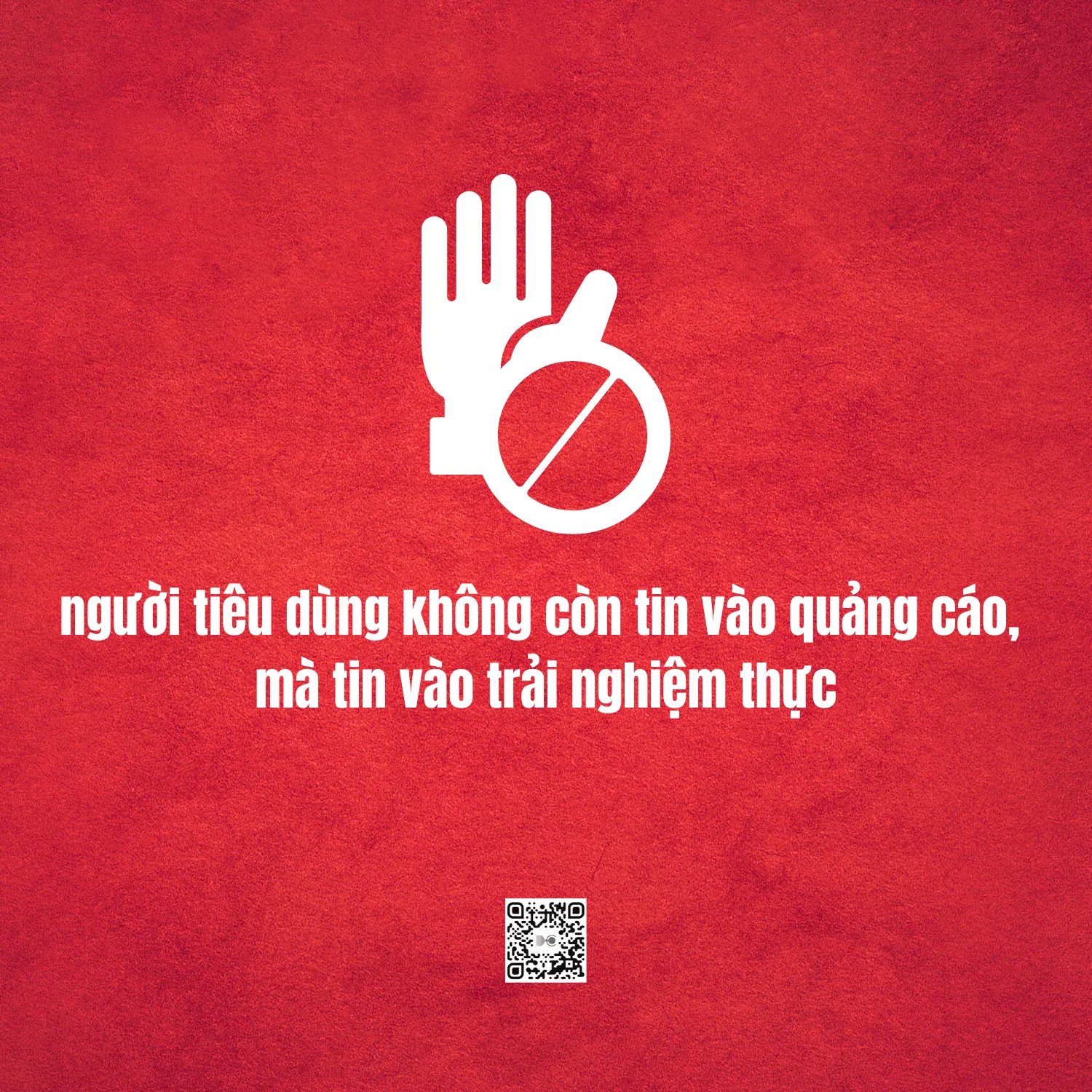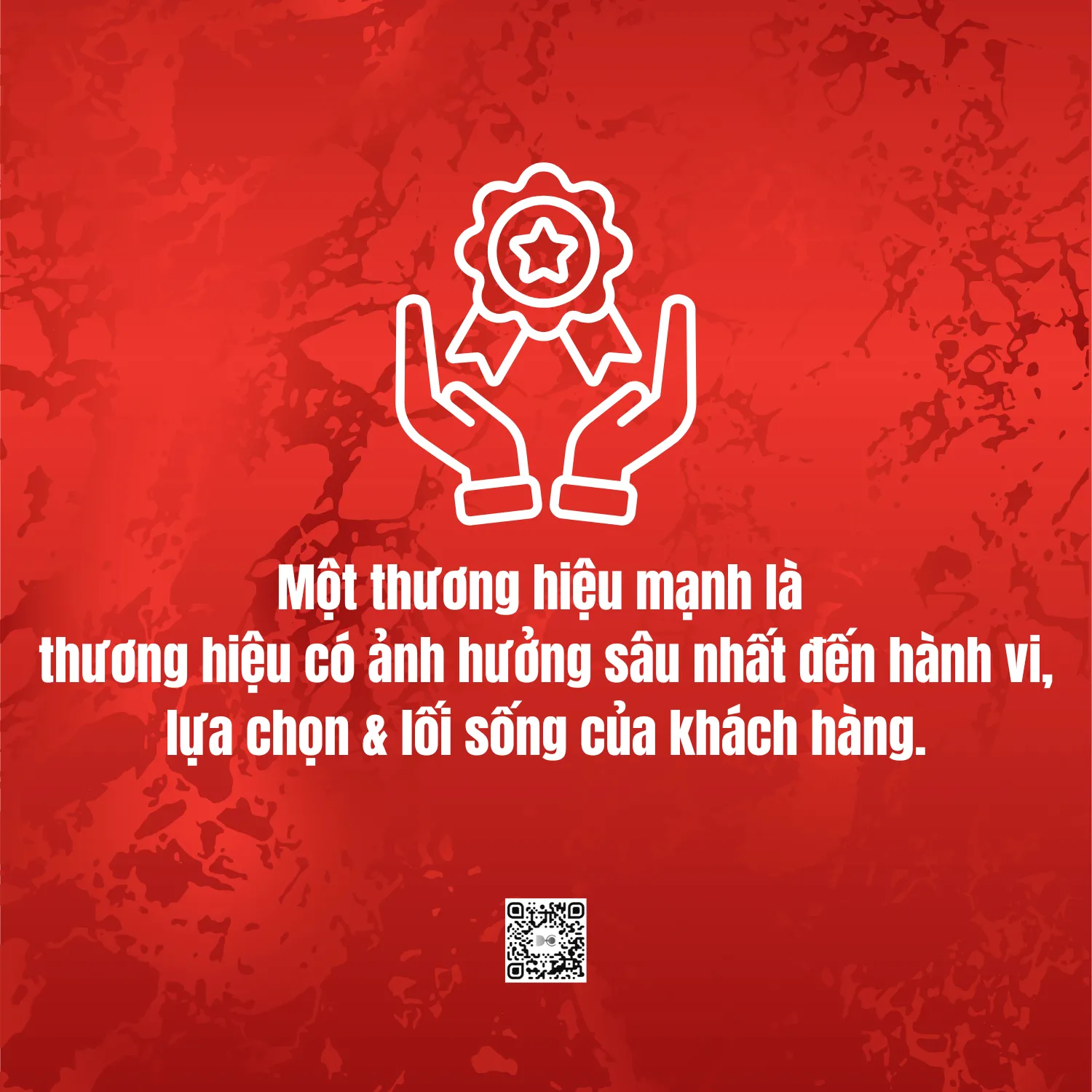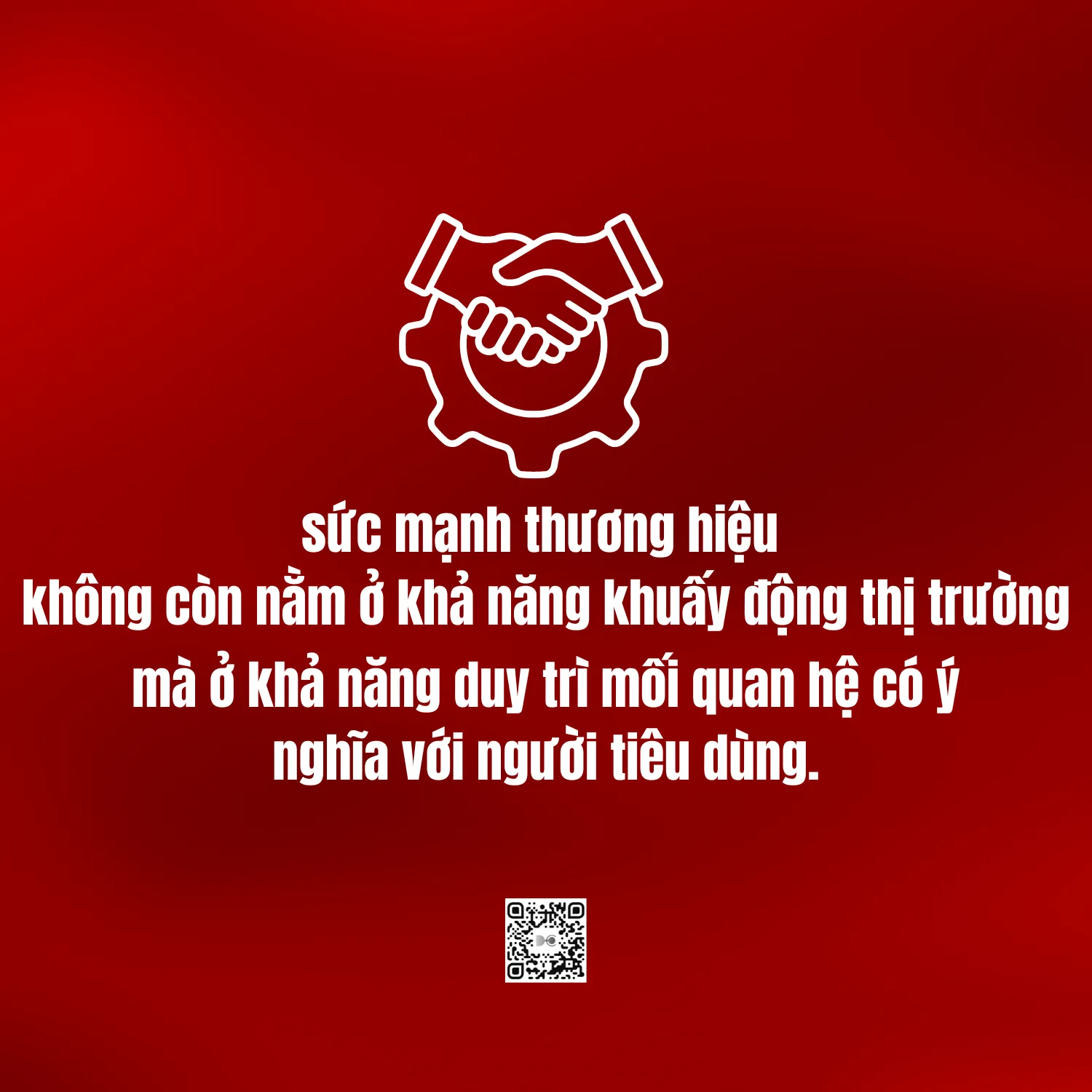Redefined: Brand Strategy is “How a business makes a meaningful impact.” Once upon a time, brand strategy was all about the visible – the logo, the colors, the slogan, the big ad campaign. But in an age where consumers are bombarded with hundreds of messages every day, brands no longer win by saying it loud, but by being believed, remembered, and talked about naturally.
Brand strategy today is not just about storytelling, but about the ability to make a meaningful impact – where every action, every experience, and every touchpoint of a business is consistent, authentic, and valuable.
From identity to influence – the big shift in brand strategy
In the past, “branding” often started with identity and ended with communication. Businesses ran ads, PR, organized events – and called it “brand strategy”.
But the world has changed. When consumers no longer believe in advertising, but in real experiences, brands cannot live by image alone, but must live by influence.

Influence here is not “viral”, not “talked about a lot”, but the ability to create lasting emotions and beliefs in the minds of users. A strong brand is not the most loved brand, but the brand that has the deepest influence on customers’ behaviors, choices and lifestyles.

Branding is about behavior, not just image
Modern brand strategy is redefined not by what businesses say, but by how they act in a way that is consistent between what they say – and what customers actually feel.
PNJ is a typical example. They are not noisy, do not pursue “big bang” campaigns, but every experience in the store, from the lighting, music, the way the staff greets customers, to the message of “shining from within”, all create a solid, trustworthy brand identity. PNJ does not talk about luxury, they make customers feel they deserve that luxury. And that is the power of an experience-based brand strategy.

From communication to influence
If communication is the art of getting people to know you, then influence is the ability to make them believe and act on your behalf.
In the digital environment, when everyone can “create content”, “run ads”, “create trends”, then the power of a brand no longer lies in the ability to stir up the market, but in the ability to maintain meaningful relationships with consumers.
Today’s brand strategy goes beyond just telling stories, to nurturing communities – turning customers into advocates, products into experiences, and the consumer journey into a journey of companionship.

Biti’s is a clear example. After the “Go to Return” campaign, this brand did not repeat the old communication trick, but expanded that message into a long-term influence platform about the spirit of dedication, returning to Vietnamese values, and evoking pride in young people. When a brand can “say less but spread more”, it means they have surpassed the media to enter the stage of creating influence.
Brand influence means Accumulating trust through experience
Trust cannot be “run ads” to get, but can only be accumulated through time and consistency.
Dien May Xanh is a typical example of a Vietnamese brand that maintains influence without always “speaking loudly”. Initially, they were remembered for their haunting TVCs, but what helped them maintain market share was the standard of shopping experience and a stable operating system, from delivery, warranty to consultation.

Brand sustainability therefore comes not from campaigns, but from processes and people, which AI, data and automation are helping businesses today to sustain better. For example, when CRM (Customer Relationship Management) systems are integrated with behavioral data analytics, businesses can create personalized brand experiences that make each customer feel “understood and valued”, the core element of influence.
AI, data and the ability to maintain identity
As businesses scale, brand identity can easily become diluted without the ability to digitize and control a unified experience. Today, AI can help businesses maintain their identity while still scaling with agility:
- AI supports the analysis of customer emotions through interactions, helping brands understand which emotional values should be kept and which factors need to be adjusted.
- The system automates internal communication processes to ensure that every brand touchpoint, from stores, chatbots to employees, speaks the same language.

Brand strategy is therefore not only about “communication creation”, but also about influence management using data and technology, helping businesses maintain the “soul” of the brand in all changing contexts.
In practice: Silent but profound influence
The common point of successful Vietnamese brands is that they do not need to say too much.
They understand that, in the age of information surplus, timely silence is also a form of influence – when every action is clear enough to speak for itself.
PNJ does not need to shout loudly about femininity; Biti’s does not need to repeat the story of “going to return”; Dien May Xanh does not need to go viral anymore – because each of their interactions is already a living proof of the trust that has been built.

Redefined Brand Strategy
Brand strategy is no longer about “storytelling”, but about the ability to create and sustain meaningful impact.
A strong brand in the digital age is one that connects people, data and experiences into a coherent thread – where everything is aligned to one core value.

Logos, slogans, TVCs… are just the tip of the iceberg. The hidden and decisive part is the trust, influence and long-term commitment that businesses build through real actions.












